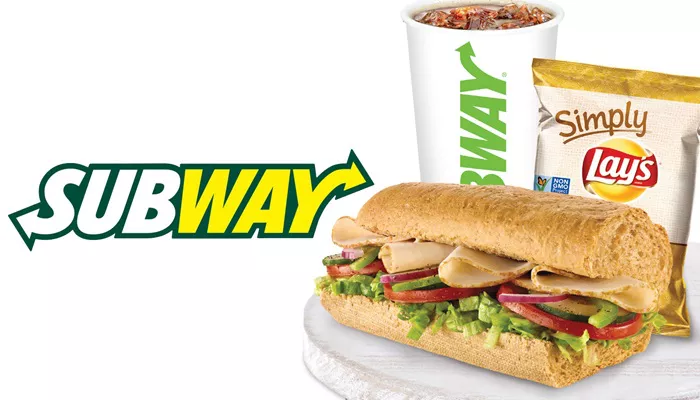Subway has made notable changes to its sandwich preparation over the years, particularly in how it cuts its bread.
Originally, the chain employed a method known as the U-Gouge, which involved cutting a U-shaped slice from the top of the bread. This technique created a pocket that helped hold the sandwich’s ingredients in place. However, as customer demand for more fillings grew, Subway transitioned to a simpler hinge cut that allows for a wider opening.
The U-Gouge method, which required skill and practice, often led to wasted bread if not executed correctly. Employees faced challenges with incorrect cuts, which could result in uneven portions or bread that was too thin. The shift to the hinge cut not only streamlined the sandwich-making process but also reduced the risk of injury for workers, as it required less precision and allowed for the use of safer, rounded knives.
In addition to operational efficiency, Subway’s decision to adopt the hinge cut was influenced by market research. Studies revealed that customers preferred sandwiches with visible fillings spilling out, perceiving them as more generously filled.
This perception led to increased customer satisfaction and a preference for the new cutting style.
Despite the popularity of the U-Gouge among some longtime fans, Subway has no plans to revert to the old method. A petition exists for those who wish to see the return of the U-Gouge, but many modern employees may not even be familiar with it.
Subway has faced other controversies regarding its bread over the years. In 2013, customers filed class action lawsuits claiming that the chain’s Footlong subs were not actually a foot long. Although Subway took measures to ensure quality control, a federal court later dismissed the settlement.
Additionally, in 2014, a petition prompted Subway to remove azodicarbonamide, a chemical used in its bread that was also found in yoga mats. The company complied quickly, eliminating the substance from its products.
More recently, in 2020, the Irish Supreme Court ruled that Subway’s bread contained excessive sugar, classifying it as a pastry rather than bread. Subway defended its product, asserting that its bread is indeed bread.
As Subway continues to evolve, its cutting techniques and ingredient choices remain a topic of interest and debate among customers.

